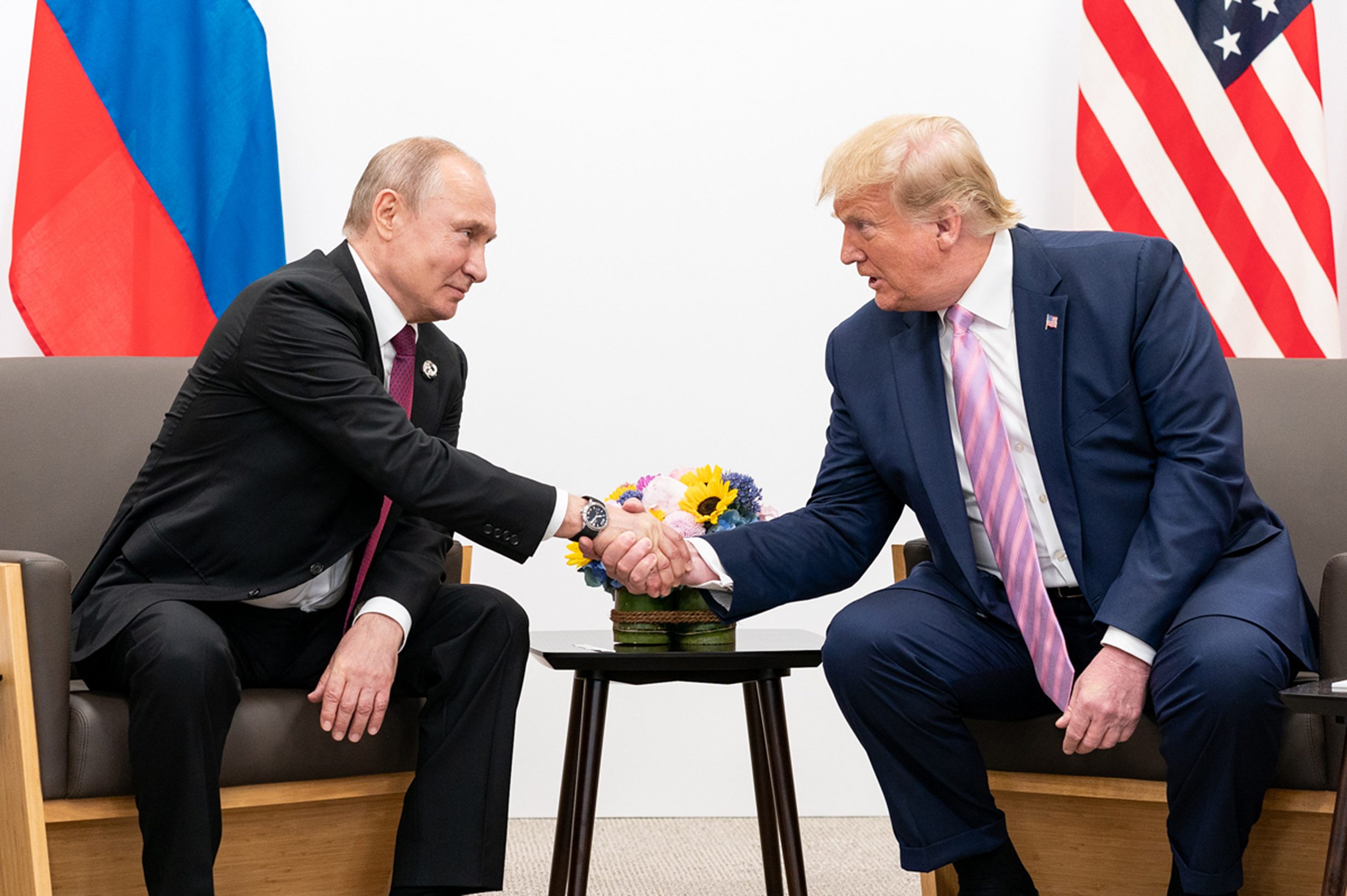
Read our Digital & Print Editions
And support our mission to provide fearless stories about and outside the media system
The only road connecting the Ukrainian city of Kherson to the rest of the country came close to being shut on Tuesday, August 26, 2025, after the Russian drone attacks on civilian vehicles escalated, leading to the first drone siege in modern warfare. With the main road closed, the city risks becoming a trap for 60,000 civilians.
“On the M-14 Kherson–Mykolaiv highway, traffic restrictions are possible,” wrote Oleksandr Prokudin, the head of Kherson Regional Military Administration. “In case enemy drones are detected, the road will be temporarily closed. Please take this into account when planning trips and, if possible, choose an alternative route. Together with the military, we are doing everything possible to stabilise the situation.”
Former MP and serviceman Ihor Lutsenko wrote about the “drone semi-encirclement” of Kherson. The Russian press widely covered the “air siege” of Kherson.
Kherson, a regional capital located on the right bank of the Dnipro River in the South of Ukraine, was occupied by the Russian troops in March 2022 and liberated nine months later, enduring constant shelling and bombing since its liberation.
ENJOYING THIS ARTICLE? HELP US TO PRODUCE MORE
Receive the monthly Byline Times newspaper and help to support fearless, independent journalism that breaks stories, shapes the agenda and holds power to account.
We’re not funded by a billionaire oligarch or an offshore hedge-fund. We rely on our readers to fund our journalism. If you like what we do, please subscribe.
Due to its proximity to the Russian forces, the city became the stage for the world’s first “human safari,” first-person-view (FPV) drone attacks on civilians, as first reported by Byline Times in July 2024. This new form of warfare is now recognised as a war crime and a crime against humanity by the United Nations and Human Rights Watch.
One year later, the tactics of drone attacks mark a new stage in Russia’s assault on the city. This horrifying tactic—a drone siege—opens a new chapter in human and military history.
Cutting Off Supplies

The M14 highway, linking Kherson to Mykolaiv and further west to Odesa, is the city’s only secure road connection to Ukraine-controlled territory. The highway is located approximately 20 km from the Russian military positions. The only alternative road to supply Kherson, located in proximity, is also under drone attacks.
Every day for the last two months, civilian vehicles on the M14 highway have been hit by explosives dropped by various types of drones. On August 25, a drone hit a prosecutor’s office vehicle on the M14 highway. A 58-year-old driver and a 38-year-old prosecutor were injured and hospitalized. Later, two more drone strikes occurred — no injuries were reported, but the cars were destroyed by fire. On August 26, several vehicles were damaged, a family, a 47-year-old healthcare manager and a 38-year-old doctor were injured, said Oleksandr Tolokonnikov, head of the press office of the Kherson Oblast Military Administration in an interview with this paper.
“Since attacks on the M14 have increased, the police will control traffic until we ensure traffic safety,” said Tolokonnikov.
Drone strikes also ignite dry fields along the roadside, spreading flames through farmland and creating thick plumes of smoke, further disrupting transit in the area.
The drone siege of the Kherson road comes amid broader Russian efforts to escalate military attacks on the city of Kherson. A Ukrainian military source speaking to Byline Times on condition of anonymity reported that up to 30-80 drones are attacking the area daily. Drones are used to drop explosives and anti-personnel mines on city streets and infrastructure. Fires have been reported across Kherson’s suburbs, and critical facilities such as gas pipelines and power substations have been targeted. Residents live under constant threat from artillery and air strikes launched from the Russian-occupied left bank of the Dnipro River, only a few kilometres away.
Streets are littered with broken glass from explosions. Some businesses, including shops, cafes, and gyms, remain open, but daily life is shaped by risks of drone, artillery and aerial bomb attacks.
About 60,000 residents remain in Kherson despite daily shelling, aerial bomb strikes, and the nonstop ‘human safari”. The road closure raises fears of looming shortages of food, medicine, and fuel, as truck drivers are increasingly reluctant to risk deliveries under drone fire, as Byline Times reported in July. If the road remains closed, the risk of shortages becomes a reality. Kherson has been under pressure for three years, but the road to Mykolaiv was its lifeline. If that lifeline is cut, the city is facing a potential humanitarian crisis.
Due to low costs, drones allow the Russian military to strike constantly without the same expenditure of resources, creating psychological pressure on civilians.
“This is not simply a case of human safari,” said Kostiantyn, a local resident. “It is a deliberate attempt to cut Kherson off from the rest of Ukraine by establishing control over its last functioning road link.”
‘Drone Siege‘
The term “drone siege” was used by Russian military channels to describe the tactic, which involves sustained drone strikes to isolate a city. They had first planned to carry it out in the Sumy region, but failed.
Some Ukrainian outlets called M14 the “Road of Life” while major Russian state-run publications used the term “siege”, evoking chilling parallels of the Siege of Leningrad, Vladimir Putin’s hometown, during World War II. The Road of Life that went over the iced lake provided a way to deliver supplies to the city under Nazi siege. Now, Putin claims he is “denazifying” Ukraine while Russian drones target the only road used to bring supplies to Kherson.
Small drones have been used previously in Donbas to shut down roads, but this is the first documented case of besieging a major city by blocking a key transport artery using drones only. Drone siege might represent a new phase in the Russian war of aggression, with relatively inexpensive drones being deployed to achieve strategic objectives once reserved for heavier weapons.
Defensive measures
In an effort to keep the road open, local authorities and the Ukrainian military have begun constructing improvised protective structures known as “drone tunnels.” These consist of fishing nets stretched across poles over sections of the highway, designed to entangle or disable incoming drones and explosives. While the tunnels have provided some protection, they are far from foolproof. Byline Times filmed a tunnel “wall” torn apart by an attack the previous week when a vehicle was hit and forced into a roadside ditch.
Residents have also begun equipping themselves with consumer drone detectors—small devices that emit warnings when unmanned aircraft approach. But their effectiveness is limited, especially against high-speed FPV drones. Hiding under the trees along the road is not possible, especially with the fall coming and leaves falling on the few trees lining the highway. Drone detectors are unable to alert the drivers and passengers of the AI-operated drones nicknamed “zhdun” (“a waiting one”) for its mode of operation. Such fibre optic drones are waiting by the side of the road and are programmed to attack the approaching vehicles.
Lutsenko advised urgently convening the National Security and Defense Council and suggested investigating why Ukraine’s advanced technological solutions are being deployed ineffectively in Kherson Oblast and whether frontline units are receiving adequate support. He called for military drone experts to be directly involved in organising the defense of frontline cities, with command over critical sections of the front, and urged the development of new technological solutions to enable effective urban defense tactics against hostile drones.
The future of the Kherson–Mykolaiv road remains unclear. Local officials say they are working urgently to reinforce protective measures. For now, the road’s temporary closure underlines both the fragility of Kherson’s connection to the rest of Ukraine and the growing role of drones in modern warfare.

